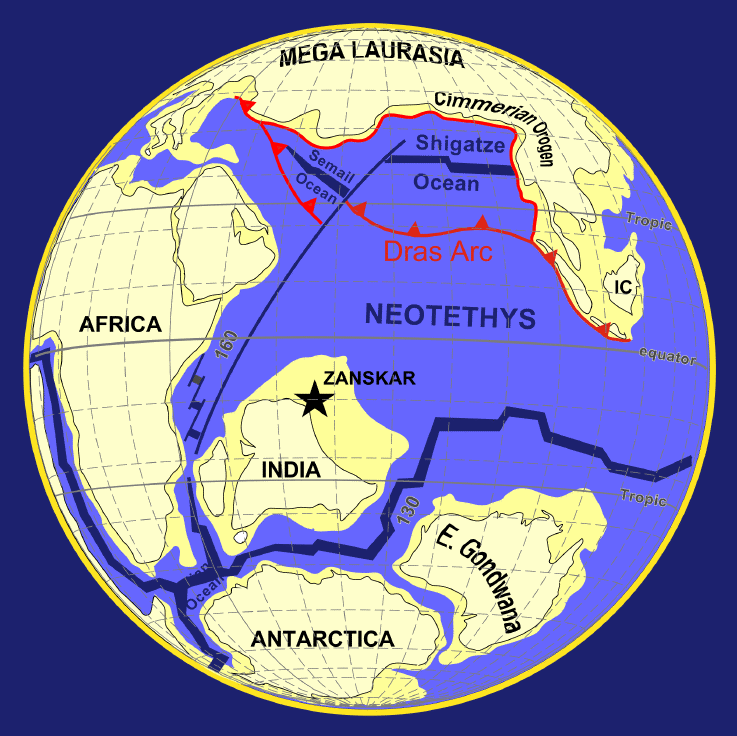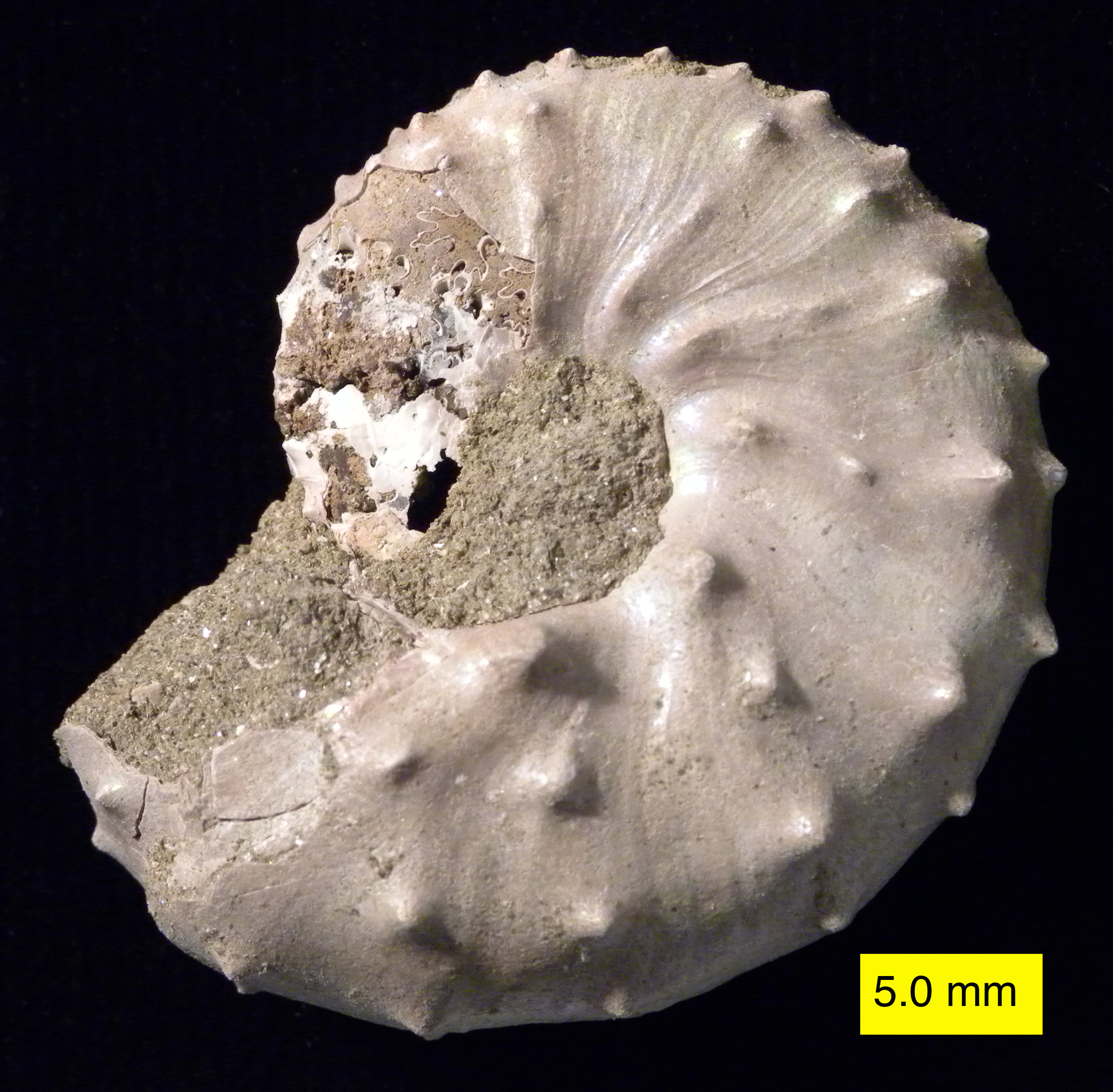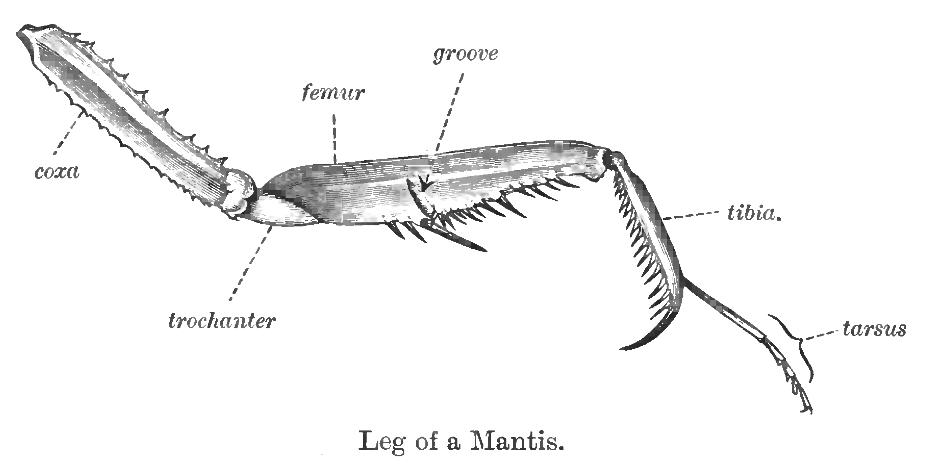|
Insular India
Insular India was an isolated landmass which became the Indian subcontinent. Across the latter stages of the Cretaceous and most of the Paleocene, following the breakup of Gondwana, the Indian subcontinent remained an isolated landmass as the Indian Plate drifted across the Tethys Ocean, forming the Indian Ocean. The process of India's separation from Madagascar first began 88 million years ago, but complete isolation only occurred towards the end of the Maastrichtian, a process that has been suggested to be the creation of the Deccan Traps. Soon after, the land mass moved northward rather quickly, until contact with Asia was established 55 million years ago. Even then, both landmasses did not become fully united until around 35 million years ago, and periods of isolation occurred as recently as 24 million years ago. Thus, for a period of 53 million years India retained a degree of isolation, 11 of which it was a complete island continent. This allowed ... [...More Info...] [...Related Items...] OR: [Wikipedia] [Google] [Baidu] |
Indian Subcontinent
The Indian subcontinent is a physiographic region of Asia below the Himalayas which projects into the Indian Ocean between the Bay of Bengal to the east and the Arabian Sea to the west. It is now divided between Bangladesh, India, and Pakistan. (subscription required) Although the terms "Indian subcontinent" and "South Asia" are often also used interchangeably to denote a wider region which includes, in addition, Bhutan, the Maldives, Nepal and Sri Lanka, the "Indian subcontinent" is more of a geophysical term, whereas "South Asia" is more geopolitical. "South Asia" frequently also includes Afghanistan, which is not considered part of the subcontinent even in extended usage.Jim Norwine & Alfonso González, ''The Third World: states of mind and being'', pages 209, Taylor & Francis, 1988, Quote: ""The term "South Asia" also signifies the Indian Subcontinent""Raj S. Bhopal, ''Ethnicity, race, and health in multicultural societies'', pages 33, Oxford University Press, 2007, ; Q ... [...More Info...] [...Related Items...] OR: [Wikipedia] [Google] [Baidu] |
Cretaceous–Paleogene Extinction Event
The Cretaceous–Paleogene (K–Pg) extinction event, also known as the K–T extinction, was the extinction event, mass extinction of three-quarters of the plant and animal species on Earth approximately 66 million years ago. The event caused the extinction of all non-avian dinosaurs. Most other tetrapods weighing more than also became extinct, with the exception of some ectothermic species such as sea turtles and crocodilians. It marked the end of the Cretaceous period, and with it the Mesozoic era, while heralding the beginning of the current era, the Cenozoic. In the geologic record, the K–Pg event is marked by a thin layer of sediment called the Cretaceous–Paleogene boundary, K–Pg boundary or K–T boundary, which can be found throughout the world in marine and terrestrial rocks. The boundary clay shows unusually high levels of the metal iridium, which is more common in asteroids than in the Earth's crust. As originally proposed in 1980 by a team of scientists le ... [...More Info...] [...Related Items...] OR: [Wikipedia] [Google] [Baidu] |
Coniacian
The Coniacian is an age or stage in the geologic timescale. It is a subdivision of the Late Cretaceous Epoch or Upper Cretaceous Series and spans the time between 89.8 ± 1 Ma and 86.3 ± 0.7 Ma (million years ago). The Coniacian is preceded by the Turonian and followed by the Santonian. Stratigraphic definitions The Coniacian is named after the city of Cognac in the French region of Saintonge. It was first defined by French geologist Henri Coquand in 1857. The base of the Coniacian Stage is at the first appearance of the inoceramid bivalve species '' Cremnoceramus deformis erectus''. The official reference profile for the base (a GSSP) is located in Salzgitter-Salder, Lower Saxony, Germany. The top of the Coniacian (the base of the Santonian Stage) is defined by the appearance of the inoceramid bivalve ''Cladoceramus undulatoplicatus''. The Coniacian overlaps the regional Emscherian Stage of Germany, which is roughly coeval with the Coniacian and Santonian Stages. In magn ... [...More Info...] [...Related Items...] OR: [Wikipedia] [Google] [Baidu] |
West Burma Block
The Burma terrane or West Burma block was an isolated Gondwana-derived island arc within the Tethys Ocean. The terrane was in the upper plate of the subduction zone since early Cretaceous. It collided with Insular India during the Paleocene and continued to be pushed northwards, eventually colliding with mainland Asia. Much of western Myanmar consists of the former Burma Terrane, hence the name "West Burma block". Paleogeography of the West Burma Block and the eastern Neotethys Ocean: Constraints from Cenozoic sediments shed onto the Andaman-Nicobar ophiolites For a long time it was assumed that it was part of |
Reptile
Reptiles, as commonly defined, are a group of tetrapods with an ectothermic metabolism and Amniotic egg, amniotic development. Living traditional reptiles comprise four Order (biology), orders: Testudines, Crocodilia, Squamata, and Rhynchocephalia. About 12,000 living species of reptiles are listed in the Reptile Database. The study of the traditional reptile orders, customarily in combination with the study of modern amphibians, is called herpetology. Reptiles have been subject to several conflicting Taxonomy, taxonomic definitions. In Linnaean taxonomy, reptiles are gathered together under the Class (biology), class Reptilia ( ), which corresponds to common usage. Modern Cladistics, cladistic taxonomy regards that group as Paraphyly, paraphyletic, since Genetics, genetic and Paleontology, paleontological evidence has determined that birds (class Aves), as members of Dinosauria, are more closely related to living crocodilians than to other reptiles, and are thus nested among re ... [...More Info...] [...Related Items...] OR: [Wikipedia] [Google] [Baidu] |
Amphibian
Amphibians are ectothermic, anamniote, anamniotic, tetrapod, four-limbed vertebrate animals that constitute the class (biology), class Amphibia. In its broadest sense, it is a paraphyletic group encompassing all Tetrapod, tetrapods, but excluding the amniotes (tetrapods with an amniotic membrane, such as modern reptiles, birds and mammals). All extant taxon, extant (living) amphibians belong to the monophyletic subclass (biology), subclass Lissamphibia, with three living order (biology), orders: Anura (frogs and toads), Urodela (salamanders), and Gymnophiona (caecilians). Evolved to be mostly semiaquatic, amphibians have adapted to inhabit a wide variety of habitats, with most species living in freshwater ecosystem, freshwater, wetland or terrestrial ecosystems (such as riparian woodland, fossorial and even arboreal habitats). Their biological life cycle, life cycle typically starts out as aquatic animal, aquatic larvae with gills known as tadpoles, but some species have devel ... [...More Info...] [...Related Items...] OR: [Wikipedia] [Google] [Baidu] |
Herpetofauna
Herpetology (from Ancient Greek ἑρπετόν ''herpetón'', meaning "reptile" or "creeping animal") is a branch of zoology concerned with the study of amphibians (including frogs, salamanders, and caecilians (Gymnophiona)) and reptiles (including snakes, lizards, turtles, crocodilians, and tuataras). Birds, which are cladistically included within Reptilia, are traditionally excluded here; the separate scientific study of birds is the subject of ornithology. The precise definition of herpetology is the study of ectothermic (cold-blooded) tetrapods. This definition of "herps" (otherwise called "herptiles" or "herpetofauna") excludes fish; however, it is not uncommon for herpetological and ichthyological scientific societies to collaborate. For instance, groups such as the American Society of Ichthyologists and Herpetologists have co-published journals and hosted conferences to foster the exchange of ideas between the fields. Herpetological societies are formed to promote in ... [...More Info...] [...Related Items...] OR: [Wikipedia] [Google] [Baidu] |
Seychelles
Seychelles (, ; ), officially the Republic of Seychelles (; Seychellois Creole: ), is an island country and archipelagic state consisting of 155 islands (as per the Constitution) in the Indian Ocean. Its capital and largest city, Victoria, Seychelles, Victoria, is east of mainland Africa. Nearby island countries and territories include the Comoros, Madagascar, Mauritius, and the French Fifth Republic, French overseas departments and regions of France, overseas departments of Mayotte and Réunion to the south; and the Chagos Archipelago to the east. Seychelles is the list of African countries by area, smallest country in Africa as well as the list of African countries by population, least populated sovereign African country, with an estimated population of 100,600 in 2022. Seychelles was uninhabited prior to being encountered by Europeans in the 16th century. It faced competing French and British interests until it came under full British control in the early 19th century. ... [...More Info...] [...Related Items...] OR: [Wikipedia] [Google] [Baidu] |
Mantidae
Mantidae is one of the largest family (biology), families in the Order (biology), order of Mantodea, praying mantises, based on the type species ''Mantis religiosa''; most genera are tropical or subtropical. Historically, this was the only family in the Order (biology), order, and many references still use the term "mantid" to refer to any mantis. Technically, however, "mantid" refers only to members of the family Mantidae, and not the numerous remaining Family (biology), families of mantises. Some of the most recent classifications have promoted a number of the mantid subfamily, subfamilies to the rank of Family (biology), family, e.g. Iridopterygidae, Sibyllidae, Tarachodidae, Thespidae, and Toxoderidae, while other classifications have reduced the number of subfamily, subfamilies without elevating them to higher rank. Subfamilies and genera Following the major revision of the Mantodea in 2019, the ''Mantodea Species File'' includes ten subfamilies: Choeradodinae The Amer ... [...More Info...] [...Related Items...] OR: [Wikipedia] [Google] [Baidu] |
Dipterocarpaceae
Dipterocarpaceae is a family (biology), family of flowering plants with 22 genera and about 695 known species of mainly lowland tropical forest trees. Their distribution is pantropical, from northern South America to Africa, the Seychelles, India, Indochina, Indonesia, Malaysia and Philippines. The greatest diversity of Dipterocarpaceae occurs in Borneo.Ashton, P.S. Dipterocarpaceae. ''Flora Malesiana'', 1982 Series I, 92: 237-552 The largest genera are ''Shorea'' (196 species), ''Hopea'' (104 species), ''Dipterocarpus'' (70 species), and ''Vatica'' (65 species).Ashton, P.S. Dipterocarpaceae. In ''Tree Flora of Sabah and Sarawak,'' Volume 5, 2004. Soepadmo, E., Saw, L. G. and Chung, R. C. K. eds. Government of Malaysia, Kuala Lumpur, Malaysia. Many are large forest-emergent species, typically reaching heights of 40–70 m, some even over 80 m (in the genera ''Dryobalanops'', ''Hopea'' and ''Shorea''), with the tallest known living specimen (''Shorea faguetiana'') 93.0 m tall. Nam ... [...More Info...] [...Related Items...] OR: [Wikipedia] [Google] [Baidu] |
Lagomorph
The lagomorphs () are the members of the taxonomic order Lagomorpha, of which there are two living families: the Leporidae (rabbits and hares) and the Ochotonidae ( pikas). There are 110 recent species of lagomorph, of which 109 species in twelve genera are extant, including ten genera of rabbits (42 species); one genus of hare (33 species) and one genus of pika (34 species). The name of the order is derived from the Ancient Greek (, "hare") + (, "form"). Taxonomy and evolutionary history Other names used for this order, now considered synonymous, include: ''Duplicidentata'' (Illiger, 1811); ''Leporida'' (Averianov, 1999); ''Neolagomorpha'' (Averianov, 1999); ''Ochotonida'' (Averianov, 1999); and ''Palarodentia'' (Haeckel, 1895; Lilian, 2016). The evolutionary history of the lagomorphs is still not well understood. In the late 20th century, it was generally agreed that '' Eurymylus'', which lived in eastern Asia and dates back to the late Paleocene or early Eocene, was ... [...More Info...] [...Related Items...] OR: [Wikipedia] [Google] [Baidu] |









